| David Miche’s The Dalai Lama’s Cat (2012) is a light-hearted romp from the perspective of a cat who learns many nuggets of Buddhist wisdom from her experiences. When a poor family throw out a malnourished and injured kitten, the Dalai Lama saves her and takes her home. The novel followed the kitten, named Snow Lion (amongst many other names), through her life at Jokhang, from meeting big-name people and sitting in on their sessions with the Dalai Lama, exploring the temple’s surrounds, and meeting the locals, staff, and another cat. A work of fiction, this quirky tale captures the essence of what it is like to be a kitten while each chapter conveys some Buddhist wisdom and applies it to everyday life situations. Fortunately, it is expressed in an easy to understand manner and in relation to incidences in Snow Lion’s and other people’s lives without becoming didactic. The prose is short and sharp without losing any important detail of the world Snow Lion describes. In a typical catty way, it is full of rich and lively description of her surrounds, people, and, importantly, her meals. More than that, the story is filled with humour, poking fun at the quirky ways of both cats and humans, which helps to convey the Buddhist messages. Those seeking serious literature or in-depth Buddhist truths should look elsewhere. Anyone looking for a feel-good story with some insights into your life will enjoy it. 4 stars |
|
0 Comments
|
Archives
July 2023
Categories
All
|
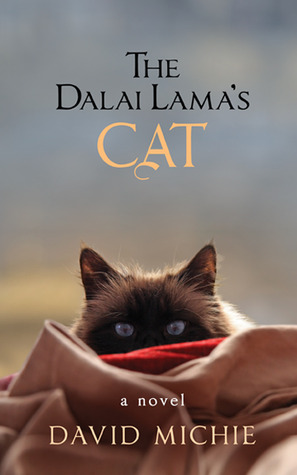
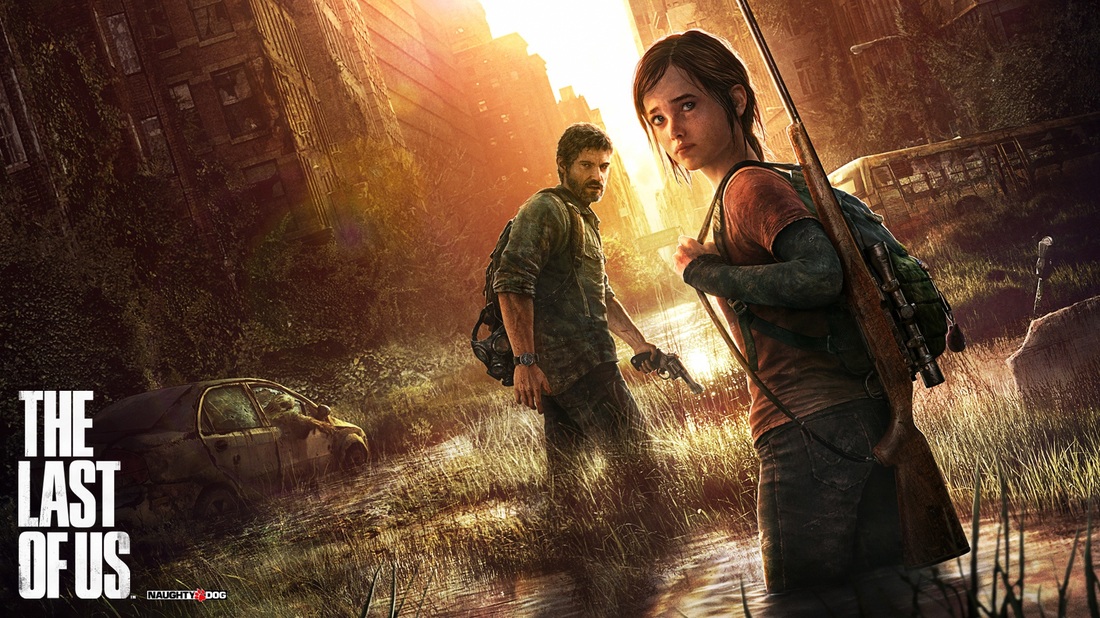
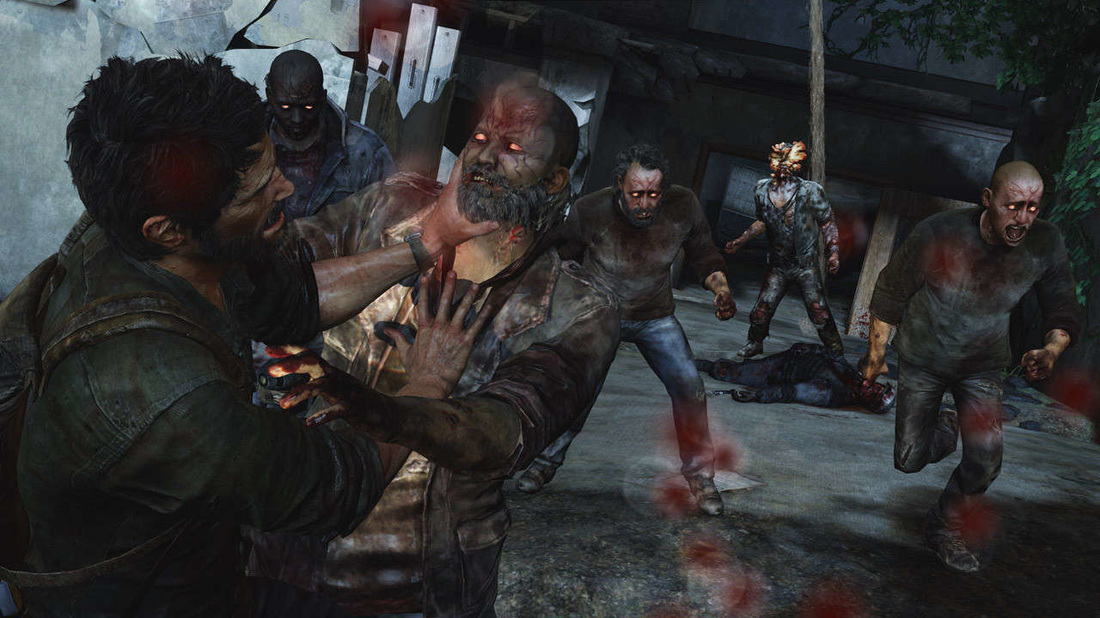

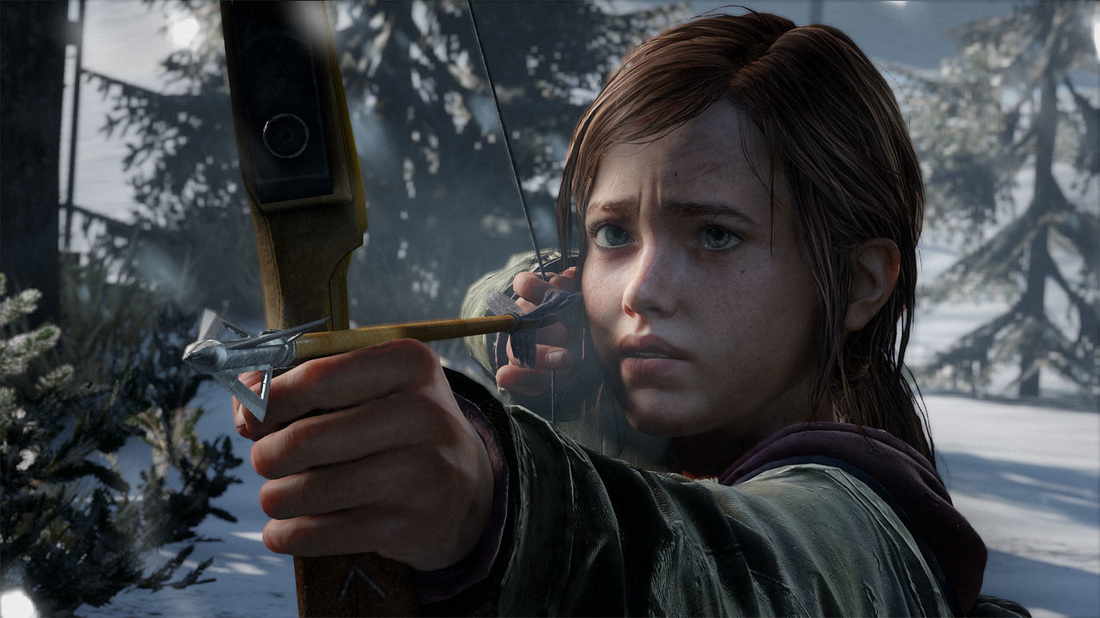
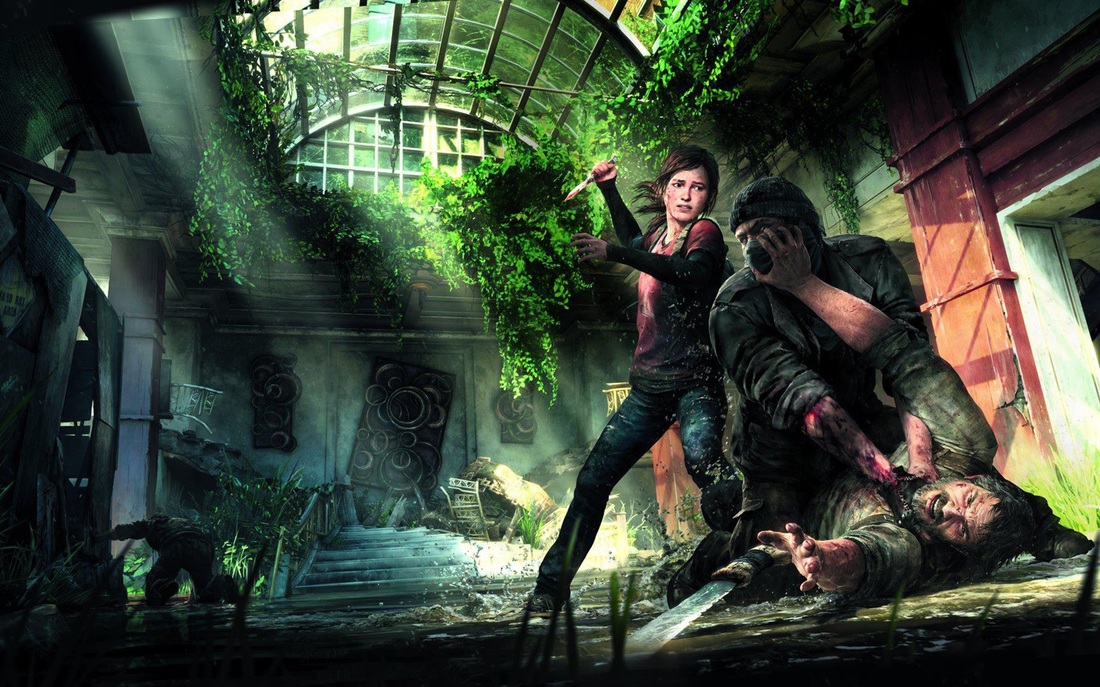
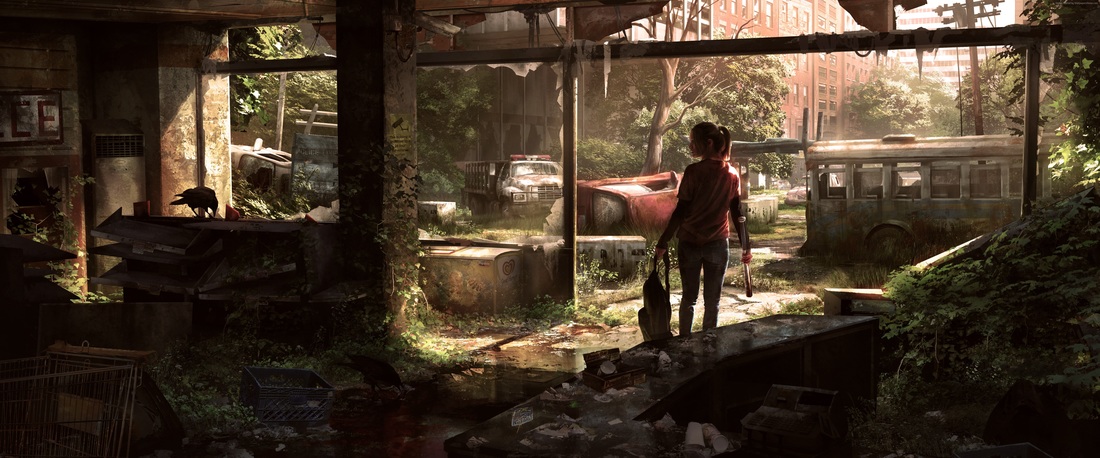
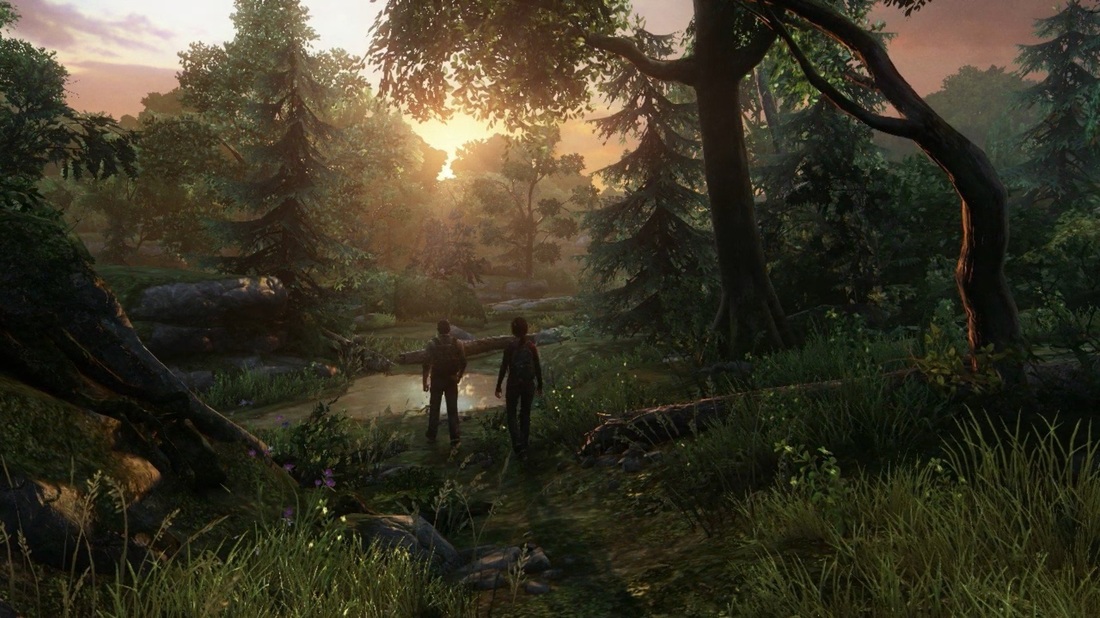
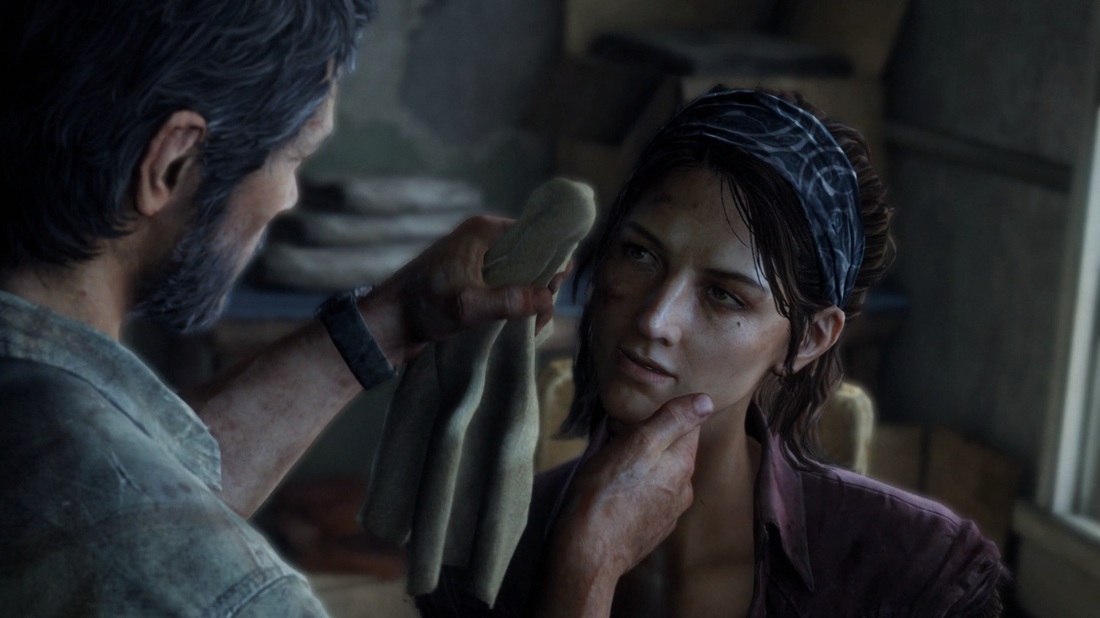
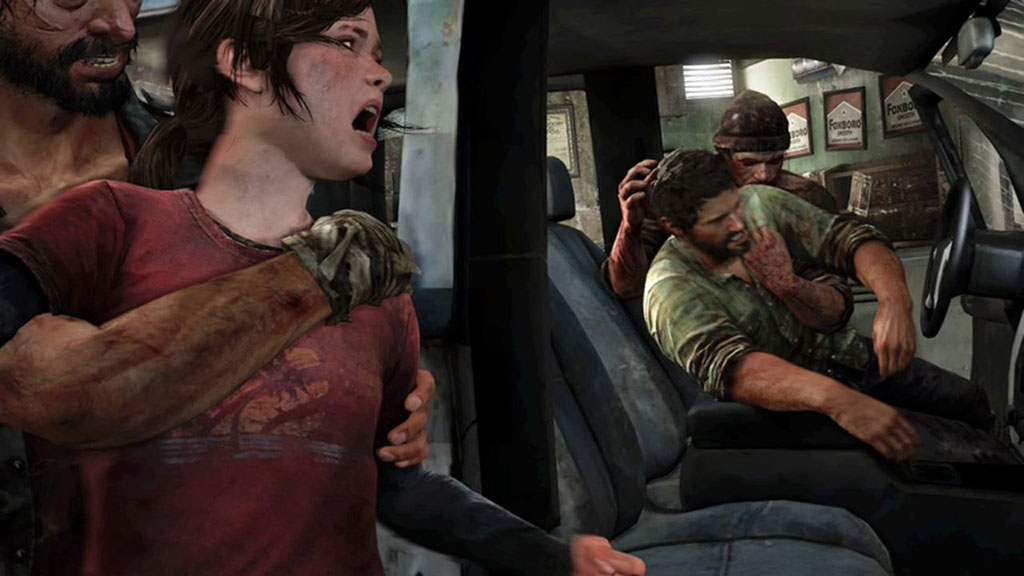
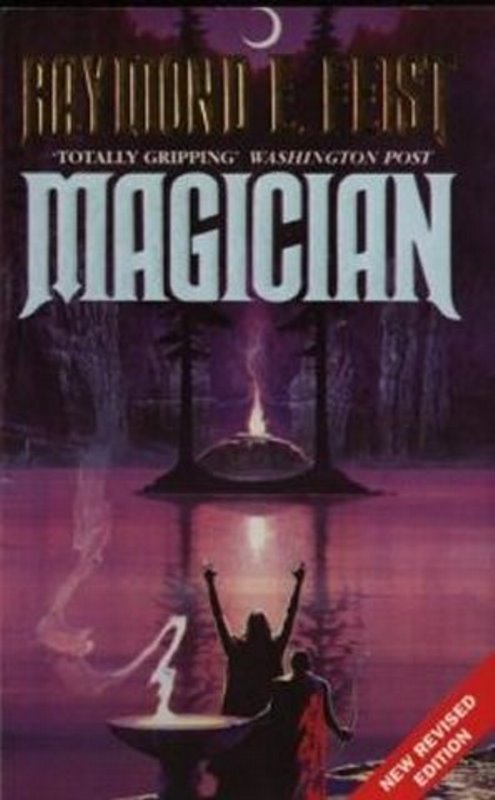
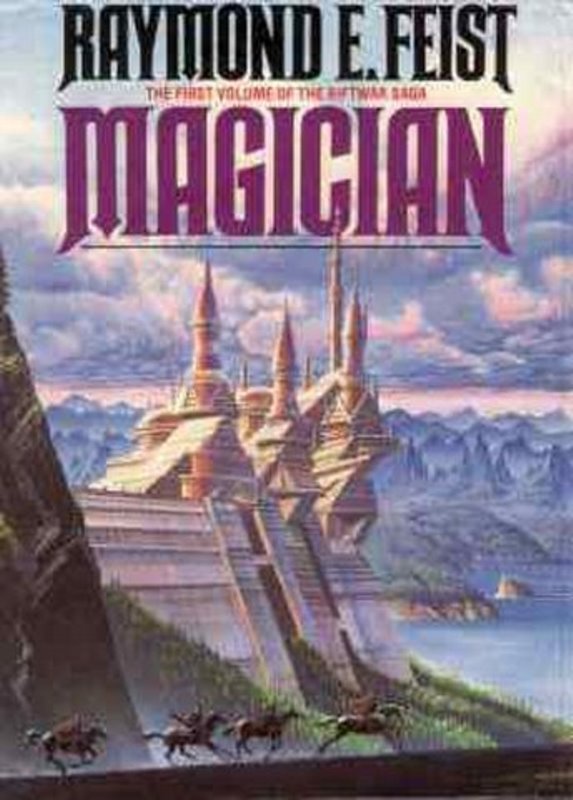
 RSS Feed
RSS Feed
